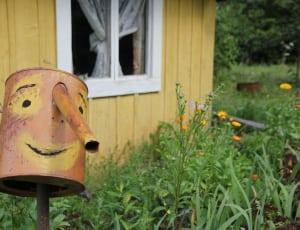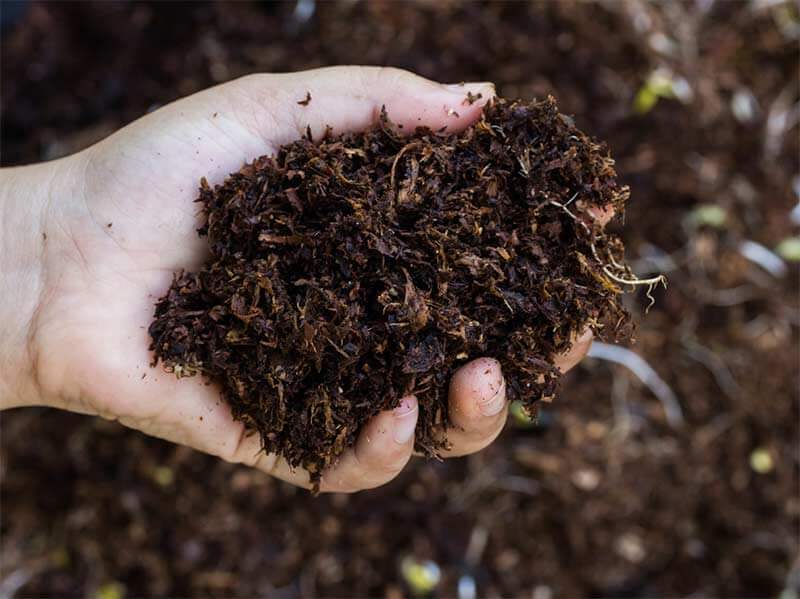Maintaining a Compost Heap
Many people who maintain gardens have a large amount of organic waste, from grass clippings to leaves and dead plants. Unfortunately, many waste money and time having these wastes transported to a landfill.
It isn’t just a waste of good compost; it’s a waste of everything that goes into the process of transporting it (the garbage man’s time, the money you pay for the removal, etc). It is truly a travesty.
All this garbage that people are trying to get rid of can be a better supplement for your garden than any fertilizer or chemical.
If you properly facilitate the decomposition of all of the garbage, it will alter chemically until it is in such a state that it can be nothing but beneficial nutrition for other plants. Therefore, you can turn all the stuff you would have thrown away into top grade fertilizer for your garden.
Usually compost is maintained in a pile somewhere in your backyard. The thought of a compost heap brings disturbing thoughts to ones mind; heaps of rotten garbage emitting a horrid odour.
However, if you maintain it correctly you’ll be able to produce great compost without an offensive odour. When I first began my compost pile in an effort to improve environmental health, I made several major errors.
These included preventing the pile from having the oxygen it truly needed, and keeping it to dry. It ended up decomposing in a very non-beneficial way and producing an odour so foul that I had government agents knocking at my door.
When you are choosing your spot where you will be starting your compost heap, aim for a place where you can have it raised above land. Having a deep pile of compost is not a good idea because the deeper sections won’t be exposed to anything that is required for the process to work.
It is better to spread it all out over a large area. A compost heap can consist of any organic garbage from your yard, garden or kitchen. This includes leaves, grass, any leftover food that won’t be eaten, or newspaper (no more than a fifth of your pile should consist of newspaper, due to it having a longer time composting with the rest).
Usually if you have a barrel devoted to storing all of these things, it will fill up within several weeks. It is quite easy to obtain compost, but the hard part truly comes in getting it to compost.
When you have a reasonably sized compost heap, you should moisten the whole pile. This encourages the process of composting. Chop branches or large material into the smallest pieces possible to speed up the process.
As the materials start to compress and meld together as they decompose, frequently head outside and aerate the pile – at least twice a week. This is the trick to prevent unpleasant odours.
You can use a shovel to mix it all up, or an aeration tool to poke tiny holes into it. Doing this will increase the oxygen flow to each part of the pile, and oxygen is required for any decomposition to take place.
If maintaining a compost pile sounds like something that would interest you, start considering the different placement options.
The hardest part about maintaining a pile is choosing a spot that provides enough footage without intruding on the rest of your yard or garden.
While usually you can prevent the horrible odours that most people associate with compost heaps, it’s still not a pleasant thing to have to look at whenever you go for a walk in your garden.

[wd_hustle id=’share’ type=’social_sharing’]







